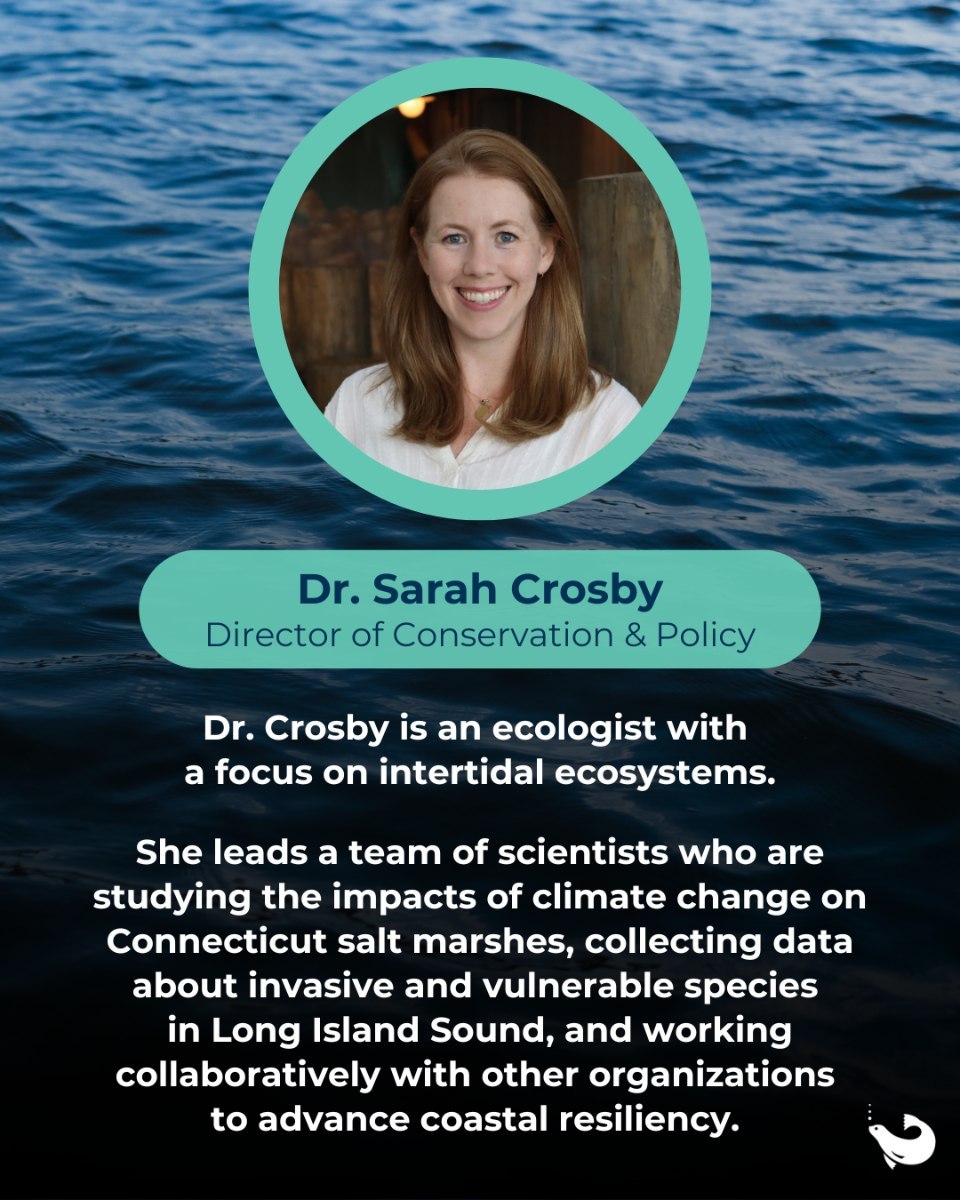- Significance of the International Day of Women and Girls in Science.
- Profiles of pioneering women in conservation at the Aquarium.
- Conservation efforts and habitat protection in Long Island Sound.
- The impact of women leaders on environmental stewardship.
- Educational opportunities and initiatives inspiring young women in science.
The International Day of Women and Girls in Science stands as a beacon of recognition and empowerment, emphasizing the integral role women play in the scientific community. This global observance, held annually on February 11th, is a reminder of the pressing need to enhance gender equality in science, technology, engineering, and mathematics (STEM) disciplines. Despite numerous advancements, women remain underrepresented in these fields, a gap attributed to societal norms, cultural biases, and limited access to educational resources. Celebrating this day is crucial, not just to honor the achievements of women in science, but to inspire the next generation of female scientists and researchers.
At the Aquarium, we are fortunate to witness firsthand the impact women can have as leaders in conservation. These women are pioneering efforts to protect the fragile ecosystems and wildlife of Long Island Sound, a biologically diverse and crucial estuary along the northeastern coast of the United States. The Sound is not only a haven for marine life but also a vital resource for local communities, making its conservation imperative. By championing efforts at the Aquarium, these leaders work tirelessly to ensure the preservation of such ecosystems, promoting a future where environmental stewardship is prioritized.
One of the key figures in this movement is Dr. Emily Rivera, a marine biologist renowned for her work in coastal habitat restoration. Dr. Rivera spearheads a project focused on the re-establishment of seagrass meadows in Long Island Sound. Seagrass plays a critical role in carbon sequestration, provides habitat for marine life, and protects coastlines from erosion. Through her groundbreaking approach, Dr. Rivera combines traditional scientific research with community education programs, aiming to engage the public in conservation efforts. Her leadership not only encourages sustainable practices but also fosters a greater sense of responsibility within the local community.
Another prominent leader is Sarah Thompson, an ecologist whose expertise in species preservation has been instrumental in safeguarding endangered populations in the Sound. Her work centers on the conservation of the piping plover, a small shorebird at risk due to habitat loss and human disturbance. Thompson’s initiatives involve collaborative projects with landowners and policymakers to develop protected areas. Her advocacy for more stringent regulations on coastal development underscores the importance of balancing human activity with nature conservation. By her example, Thompson inspires others to consider how their actions can positively influence biodiversity.
The efforts at the Aquarium also highlight the critical role of younger voices such as Maya Chan, a conservation outreach coordinator who focuses on youth education and engagement. Chan believes that early education is key to instilling a lifelong commitment to conservation. By leading workshops and school programs, she introduces students to marine ecology and environmental science, using interactive methodologies to illustrate the importance of sustainable practices. Her programs empower young women to pursue careers in science, offering mentorship and support to those eager to make a difference.
These conservation leaders prove that women in science can drive significant change, reshaping environmental policies and practices through their dedication. Their work extends beyond research and development; it involves inspiring others to adopt a mindful approach to their interactions with nature. Such leadership showcases the invaluable perspectives women bring to scientific endeavors, emphasizing collaboration, innovation, and community involvement.
In addition to these initiatives, several educational opportunities exist at the Aquarium to nurture the talents of aspiring women scientists. Mentorship programs connect young women with established scientists, providing invaluable guidance as they navigate their academic and professional journeys. Workshops focused on skill-building and networking equip participants with the tools needed to succeed in the competitive field of science. These efforts aim to break down barriers, offering equitable access to resources and opportunities for all women interested in STEM.
The International Day of Women and Girls in Science serves as a poignant reminder of what can be achieved when we promote diversity and inclusion in scientific fields. By celebrating and supporting women at the forefront of conservation, we foster an environment where innovation thrives and ecosystems are protected for future generations. As we look to the future, it is essential to continue building pathways for women in science, ensuring their contributions are recognized and valued in the pursuit of a sustainable, environmentally conscious world.
*****
Source Description
This International Day of Women and Girls in Science, meet the women who are leading our conservation efforts here at the Aquarium!
They work to protect the habitats and wildlife of Long Island Sound and inspire environmental stewardship.
Click the link in our bio to learn more about our conservation projects.


